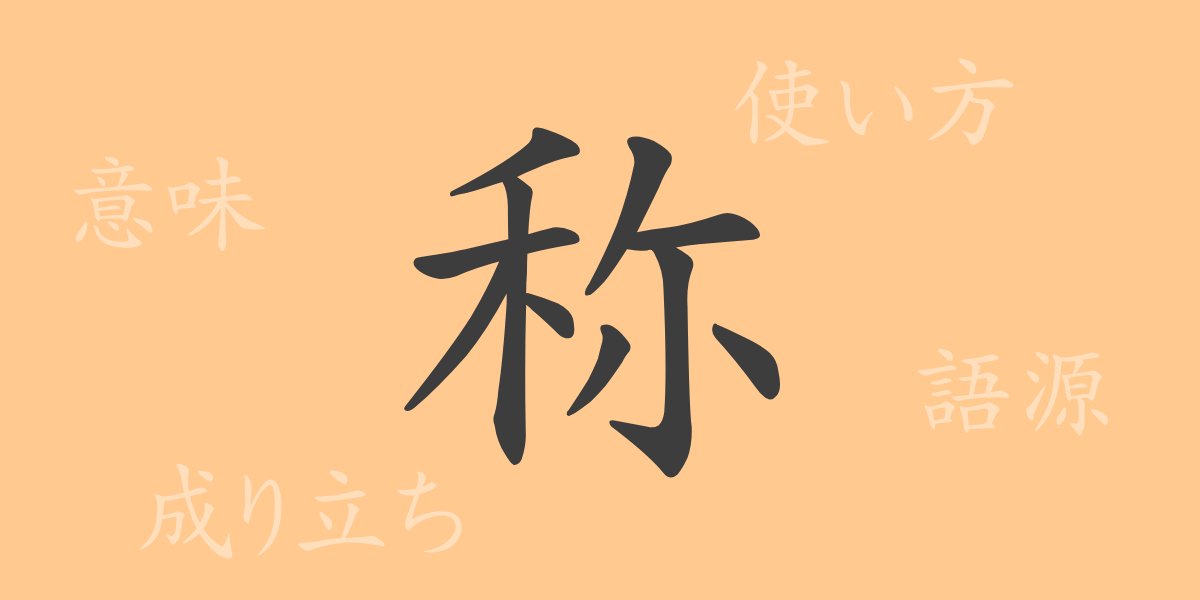The richness of the Japanese language is evident in its characters, each bearing significant meaning and history. One such common kanji used in everyday life is “称(しょう)”, which reflects the depth of the Japanese language through its diverse applications and meanings. This article explores the origins, contemporary usage, and even the idioms and proverbs associated with “称(しょう)”, inviting you on a journey into the fascinating world of this kanji.
Origins of 称(しょう)
The kanji “称(しょう)” originated in ancient China, depicted initially as a combination of the ‘hand with claws’ radical and an ‘axe’, symbolizing the act of wielding an axe. This concept evolved to mean ‘to lead’ or ‘to command’, reflecting the image of commanders and leaders in battle. The kanji thus came to represent figures who wield authority and guide others.
Meaning and Usage of 称(しょう)
“称(しょう)” incorporates meanings related to naming or calling oneself something, indicating leadership, or as a prefix to denote futurity, like in “将来(しょうらい)”, which means ‘future’. It can also be used adverbially in phrases like “将に(まさに)”, which translate to ‘soon’ or ‘shortly’.
Pronunciation, Stroke Count, and Radical of 称(しょう)
The kanji “称(しょう)” has various readings and attributes:
- Pronunciation: The on’yomi (音読み) reading is “しょう”, with kun’yomi (訓読み) including “まさに”, “はた”, and “もって”.
- Stroke Count: “称(しょう)” consists of 10 strokes.
- Radical: The radical is ‘寸’, associated with small measurements.
Phrases and Idioms Using 称(しょう) and Their Meanings
“称(しょう)” appears in many idioms and phrases that enrich Japanese expression. For instance, “将来(しょうらい)” refers to the future, “将軍(しょうぐん)” to a military leader, and “名将(めいしょう)” to a distinguished leader. The game “将棋(しょうぎ)” also uses this kanji, highlighting its association with strategy and command. The phrase “将に勝つ” metaphorically means ‘a sign of forthcoming success’.
Summary on 称(しょう)
The kanji “称(しょう)” with its origins, meanings, and applications plays a significant role in Japanese communication. It not only conveys leadership and futurity but also enriches the language through its inclusion in various terms and expressions. Understanding how “称(しょう)” is used can deepen appreciation for the complexity and cultural depth of Japanese language and expression.

























